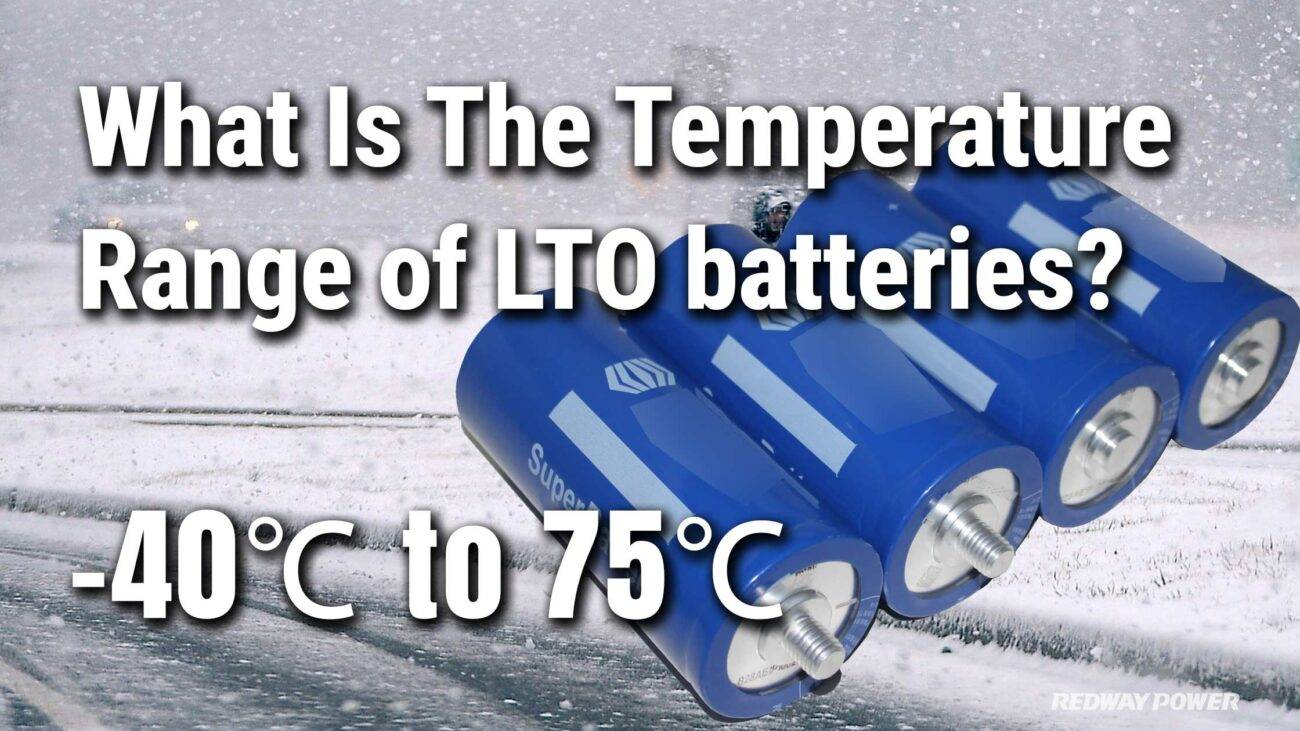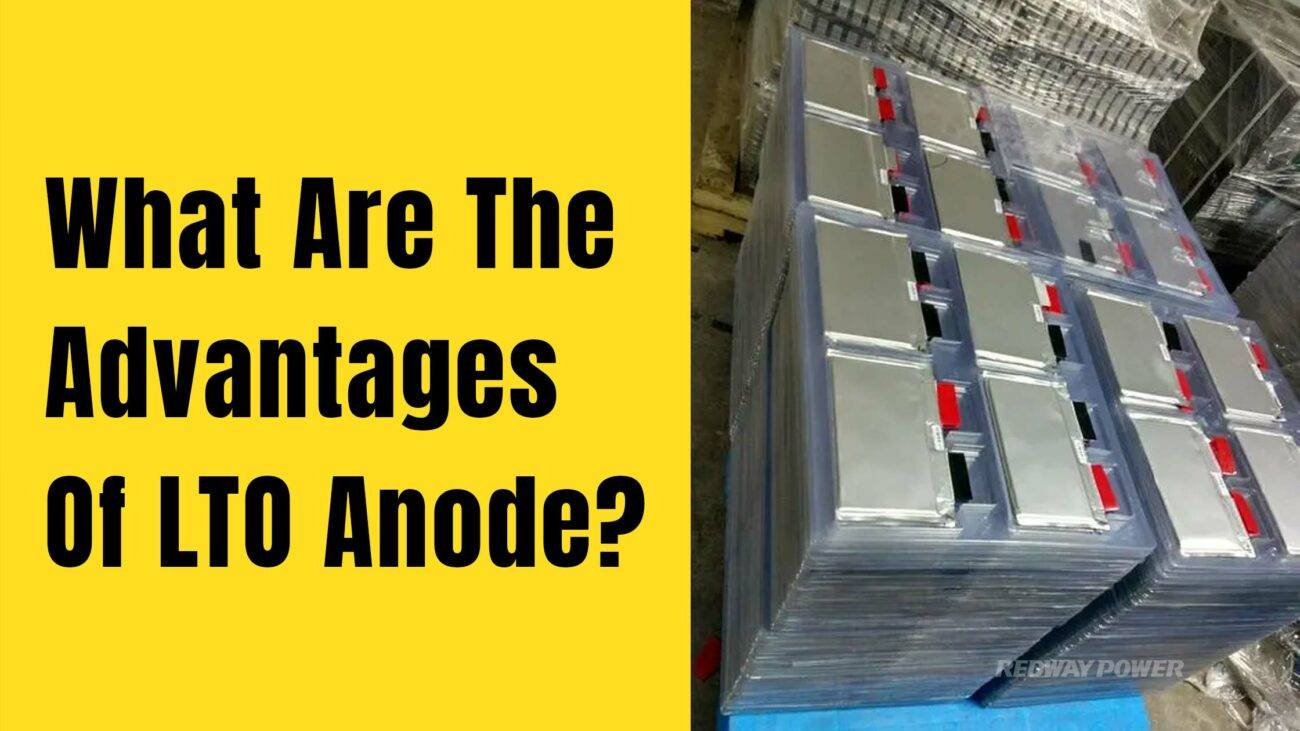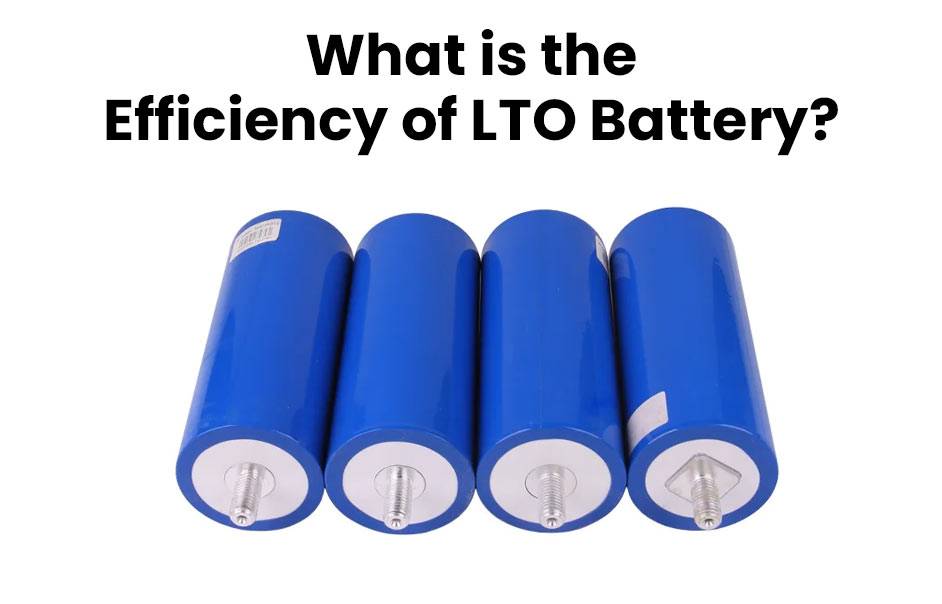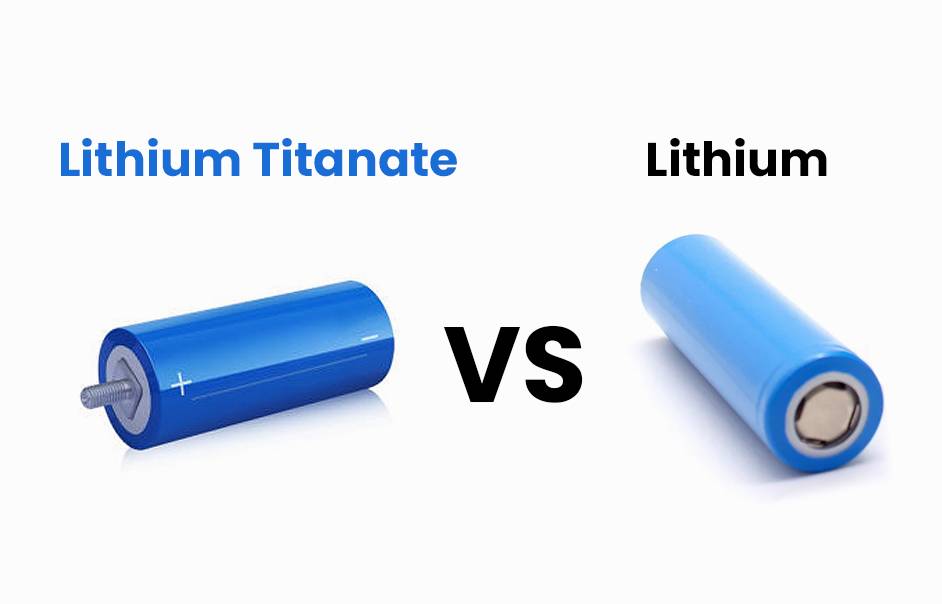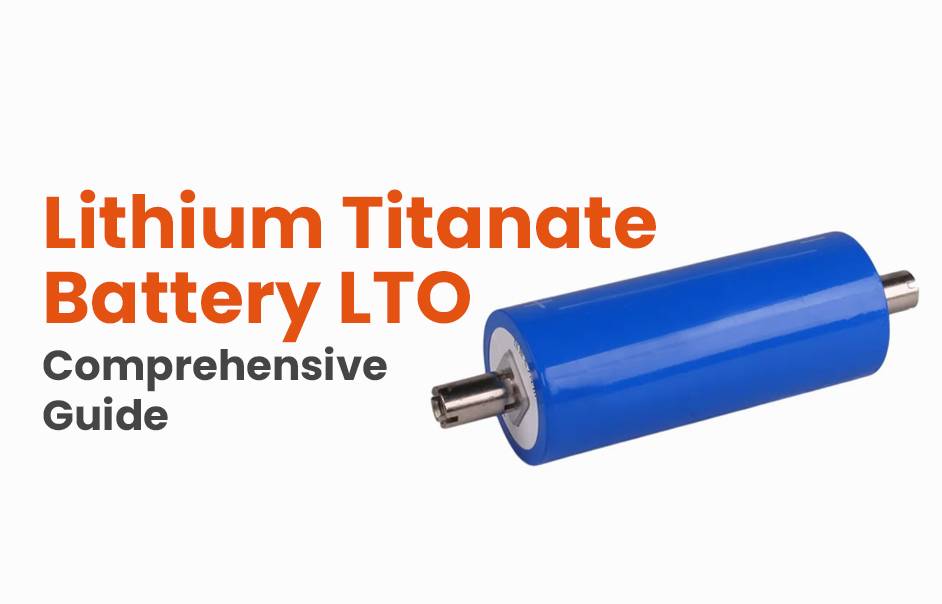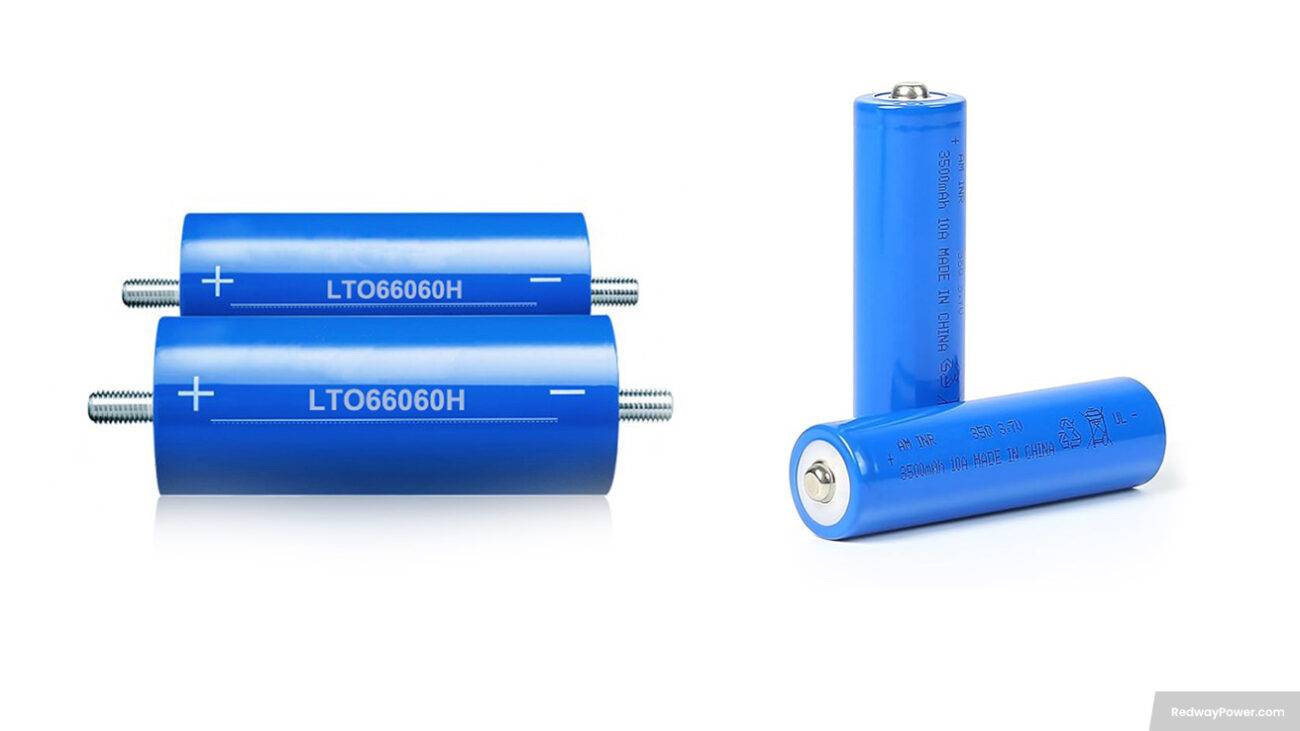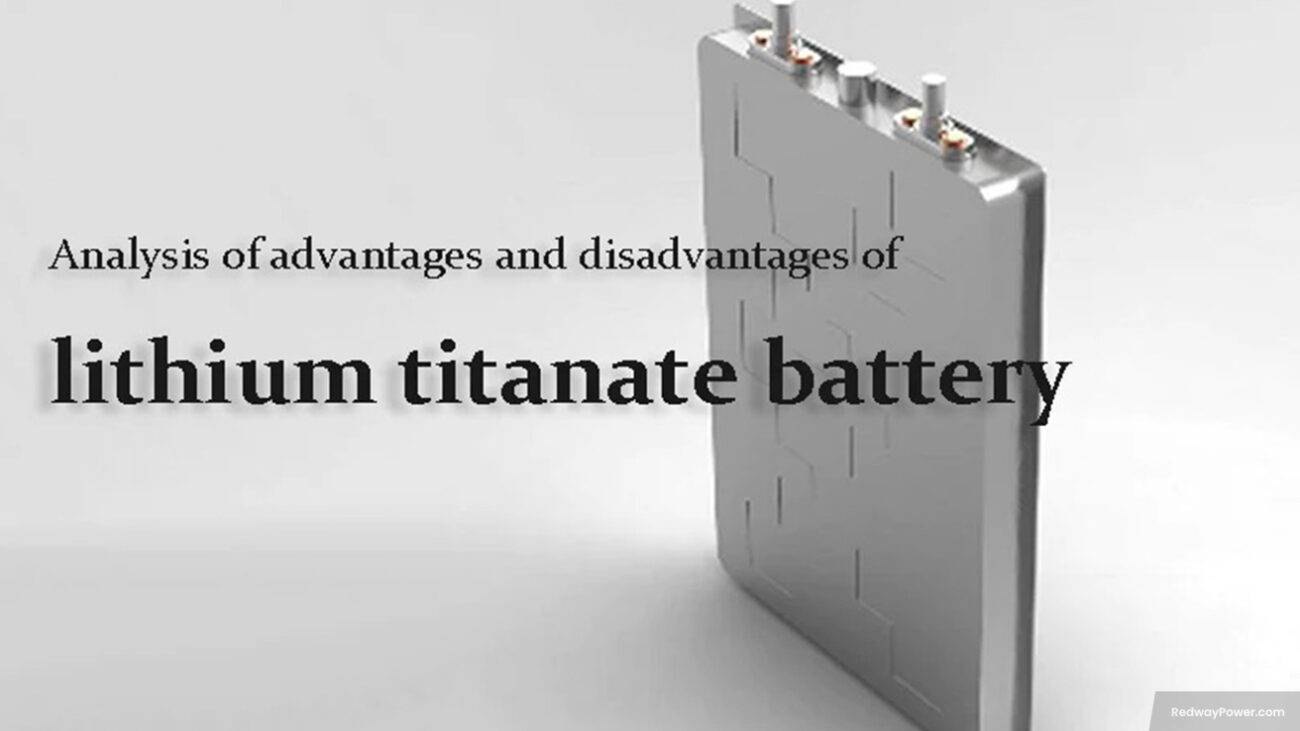Discover the world of LTO batteries, compact and powerful energy storage devices revolutionizing technology. In this post, we’ll focus on a key element— the anode material— and its crucial role in optimizing their performance. Whether you’re a tech enthusiast or simply curious, join us to unravel the secrets behind the impressive power of LTO batteries!
Importance of anode material in LTO batteries
The anode material is a critical factor influencing the performance of LTO batteries. Let’s delve into its key roles:
- Cycle Life Impact:
- The anode material significantly affects the battery’s cycle life.
- LTO batteries, known for exceptional cycle life, owe their longevity to the careful choice of anode material, minimizing degradation over multiple charge-discharge cycles.
- Energy Density Optimization:
- While LTO batteries may not have the highest energy density, the right anode material allows manufacturers to optimize energy storage.
- This optimization maintains excellent safety and longevity, balancing energy density with crucial performance factors.
- Rate Capability Influence:
- Anode material selection influences the rate capability, determining how quickly the battery can charge or discharge energy.
- Some materials enable faster charging rates while ensuring stable performance and a prolonged lifespan.
Conclusion: Choosing the appropriate anode material for LTO batteries is vital for achieving optimal performance across cycle life, energy density, and rate capability. Ongoing exploration of innovative anode materials by manufacturers promises enhanced battery performance and opens doors to next-generation LTO batteries.
Commonly used anode materials in LTO batteries
Anode materials are pivotal in determining the performance of LTO batteries. Let’s explore commonly used materials and their characteristics:
- Lithium Titanate (LTO):
- Advantages include high safety, long cycle life, and excellent thermal stability.
- A preferred choice for its reliability in LTO batteries.
- Graphite:
- Widespread use in lithium-ion batteries due to low cost and good electrochemical performance.
- However, compared to LTO, graphite has lower power density and a shorter cycle life.
- Silicon-Based Anodes:
- Offers higher theoretical specific capacity, storing more energy per unit weight.
- Faces challenges with significant volume expansion during charging cycles, leading to degradation.
- Carbon Nanotubes (CNTs):
- Explored for their high electrical conductivity and mechanical strength.
- Potential to enhance overall LTO battery performance.
- Alternative Materials:
- Researchers investigate metal oxides (e.g., tin oxide) and metal sulfides (e.g., molybdenum disulfide) as anode alternatives.
- Ongoing exploration for materials with unique characteristics.
Conclusion: Choosing the right anode material for LTO batteries involves considering factors like power density, cycle life, cost, safety, and environmental impact. As battery research advances, there’s potential for new materials with improved characteristics, emphasizing the critical role of anode material selection in LTO battery design and development.
Advantages and disadvantages of each type of anode material
Different anode materials for LTO batteries come with distinct advantages and drawbacks. Let’s explore key points for each:
- Graphite:
- Advantages include high conductivity, low cost, and abundant natural availability.
- Stable structure allows for long cycle life and good high-temperature performance, but its specific capacity is lower than lithium titanate.
- Lithium Titanate (Li4Ti5O12):
- Offers higher specific capacity than graphite, ensuring more energy storage.
- Boasts excellent cycling stability and fast charging capabilities, with added safety due to no thermal runaway reactions. However, its voltage is relatively low, resulting in reduced energy density.
- Silicon-Based Materials:
- Silicon has exceptionally high theoretical capacity, storing up to 10 times more lithium ions than graphite.
- Faces challenges with poor cyclability and significant volume expansion during charge cycles.
Conclusion: Choosing the right anode material for LTO batteries involves a trade-off between advantages and disadvantages. Consider specific energy needs, safety, cost, and cycle life requirements when making this critical decision. Ongoing research aims to address drawbacks and pave the way for innovative battery technologies in the future.
Factors to consider when choosing anode material for LTO battery
Selecting the right anode material for Lithium Titanate Oxide (LTO) batteries involves crucial considerations. Let’s explore key factors:
- Stability:
- Prioritize anode materials with high stability, crucial for LTO batteries known for extensive cycling capability.
- Carbon-based compounds and lithium titanate are proven stable options.
- Specific Capacity:
- Consider the specific capacity, indicating how much lithium ions the material can store per unit mass or volume.
- Higher specific capacity offers more energy storage in a compact space, beneficial for portable applications.
- Rate Capability:
- Evaluate the rate capability of the anode material, determining the efficiency of charging and discharging processes.
- Ideal anode materials enable fast processes without compromising safety or causing thermal issues.
- Compatibility:
- Ensure compatibility with other battery components (cathodes, electrolytes, separators) for optimal performance.
- A well-matched combination enhances reliability over time.
- Cost-Effectiveness:
- Balance performance requirements with cost considerations when choosing anode materials.
- Some materials may offer similar results at a lower price point, making cost-effectiveness a crucial factor.
- Environmental Impact:
- Consider the environmental impact by choosing materials that are abundant, easily recyclable, and environmentally friendly.
- Prioritize sustainability in the decision-making process.
Conclusion: Careful consideration of these factors is essential for making an informed decision when selecting anode materials for LTO batteries. Balancing stability, capacity, rate capability, compatibility, cost-effectiveness, and environmental impact ensures optimal performance and aligns with sustainability goals.
Future developments in anode material for LTO batteries
As technology evolves, researchers are exploring innovative paths to enhance the performance of LTO batteries. Let’s explore key areas of future development in anode materials:
- Nanotechnology Integration:
- Researchers aim to boost energy density and charging speeds by incorporating nanoscale components into anode structures.
- Materials like carbon nanotubes, graphene, and nanostructured titanium dioxide show promise for improving LTO battery performance.
- Exploring Alternative Anode Materials:
- Beyond graphite, exploration of alternative anode materials is underway for improved performance.
- Silicon-based materials, with high lithium storage capacity, are a focus, although stability challenges during cycling need addressing.
- Advanced Manufacturing Techniques:
- Advances in battery manufacturing techniques, such as atomic layer deposition (ALD) and electrodeposition, offer precise control over electrode properties.
- These techniques contribute to enhancing battery performance and exploring new possibilities in anode materials.
Conclusion: While LTO batteries already excel in characteristics like long cycle life and fast charging, ongoing research aims to push boundaries by developing new anode materials. Expect significant improvements in energy storage technology, bringing us closer to a more sustainable future through continuous innovation and investment in the field. Stay tuned for exciting developments!

